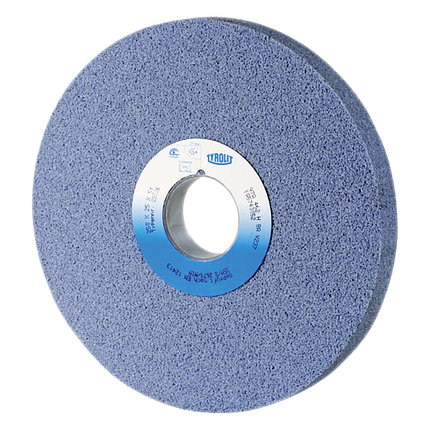Microscopy in the workshop
Microscopy in the workshop
- This topic has 8 replies, 5 voices, and was last updated 7 October 2024 at 21:06 by
old mart.
Viewing 9 posts - 1 through 9 (of 9 total)
Viewing 9 posts - 1 through 9 (of 9 total)
- Please log in to reply to this topic. Registering is free and easy using the links on the menu at the top of this page.
Latest Replies
Viewing 25 topics - 1 through 25 (of 25 total)
-
- Topic
- Voices
- Last Post
Viewing 25 topics - 1 through 25 (of 25 total)
Latest Issue
Newsletter Sign-up
Latest Replies
- Zig Zag Crimping Tool for eg Resistor/ Capacitor Leads
- Stripped aluminum threads. Now what?
- Measuring increments on boring head
- How to stop Loctite sticking where it isn’t wanted?
- UK consumer protection laws?
- Ml10
- New member old lathe
- Boiler Silver Soldering – Not gone well.
- Safety Pickle for Steel
- Tangential tooling















